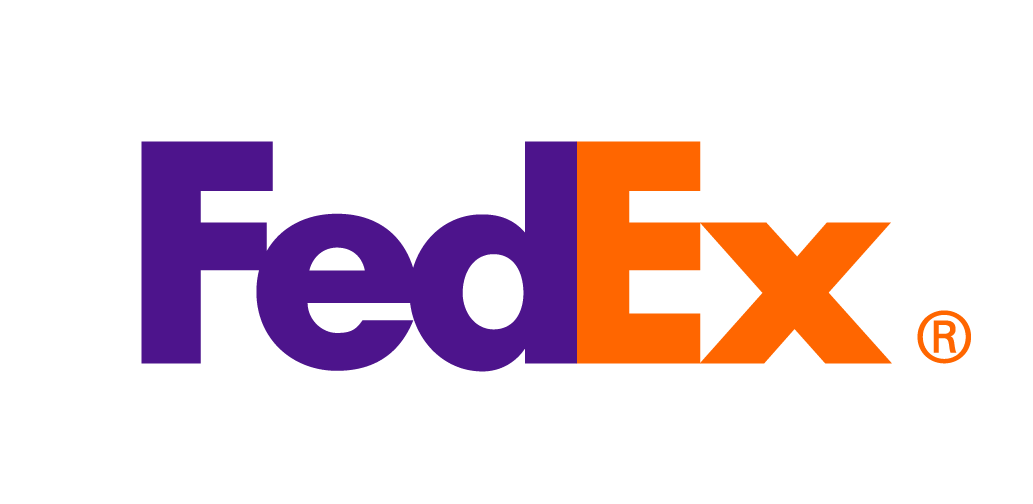
Child care has become an issue that parents and their employers can no longer afford to avoid. Harvard Business Review reported that, even before the pandemic, inadequate child care costs working parents $37 billion a year in lost income and employers $13 billion a year in lost productivity. For small business owners, child care assistance can not only save your company money in the long run, but it can also help attract talent, retain employees, and gain a competitive edge in your industry.
Offering child care assistance can take many forms. Here are some ways to provide this benefit without breaking the bank.
Offer flexible schedules and remote work
The simplest, most immediate change you can make is to allow parents and caregivers to work remotely and on a flexible schedule. Consider this: The average school is closed for 29 days during the official 10-month school year. Along with summer vacations and the fact that the school day starts and ends out of sync with the workday, these days off can create gaps in child care.
“Simply giving your employees the opportunity to work from home, to work flexible hours and to be able to pick up and drop off their children at school throughout the day without repercussion could help a company keep their employees for much longer,” wrote WeWork.
[Read more: How Employers Can Better Support Working Parents With Childcare Solutions]
Subsidize child care costs
According to the Center for American Progress, the average monthly cost for infant care is $800 at a home-based day care and $1,230 at a child care center. This expense is simply too high for most families.
To solve this problem, big brands like Starbucks and Best Buy are offering child care assistance as an employee perk. Smaller merchants can follow suit by subsidizing their employees’ child care bills or negotiating discounts with local child care providers. This subsidy can be paid out either as a one-time payment or as a regular monthly stipend paid out with wages.
“Employers can give up to $5,000 to each employee’s child without the payment being added to the employee’s taxable income,” noted WeWork.
Keep in mind that if you are subsidizing your employees’ child care costs, you may be able to take advantage of the Employer-Provided Childcare Facilities and Services tax credit (Form 8882). The credit of 10% can be applied to the amount paid to provide child care resources or referral services to employees, with a limit of $150,000 per year.
The simplest, most immediate change you can make is to allow parents and caregivers to work remotely and on a flexible schedule.
Offer day care at work or backup child care
Many families live in areas that simply don’t have day care or other child care options available (“child care deserts”). Particularly for families of color, lack of child care options contributes to nine or more lost hours of work each week. Your business can recapture that time by offering on-site child care.
“Employers who can pool together to offer quality on-site or local childcare options for employees will see more productive and loyal employees,” wrote Harvard Business Review.
Plus, the tax credit mentioned above can also be applied to the amount paid to set up an on-site child care service at your small business.
Alternately, some businesses are investing in backup child care options—which means covering or subsidizing the cost of emergency care if a child is sick or child care arrangements fall through. Services like WeeCare, Care.com, Bright Horizons, KinderCare, and UrbanSitter.com are all available to offer backup care to your employees in urgent situations.
Integrate other family-oriented benefits
“Child care” means different things to different employees. For some, day care for their toddlers is most needed, while others will want schedule flexibility to accommodate their teenagers’ extracurricular schedules.
Consider these various demands when putting together your benefits package. Paid parental leave and adoption leave are two obvious options. Discounts with a breast milk shipping company, like Milk Stork and Milk Expressed, are attractive to some employees. Others might appreciate a workplace support group where parents can network and share advice for dealing with moody teenagers. Look for policies that are inclusive to all and supportive of a healthy work/life balance for parents and non-parents alike.
CO— aims to bring you inspiration from leading respected experts. However, before making any business decision, you should consult a professional who can advise you based on your individual situation.
CO—is committed to helping you start, run and grow your small business. Learn more about the benefits of small business membership in the U.S. Chamber of Commerce, here.









